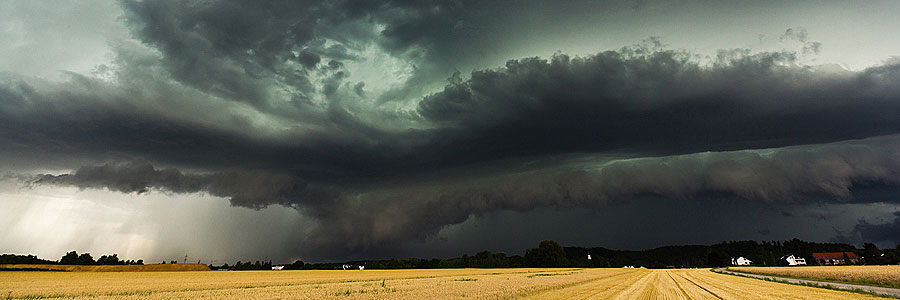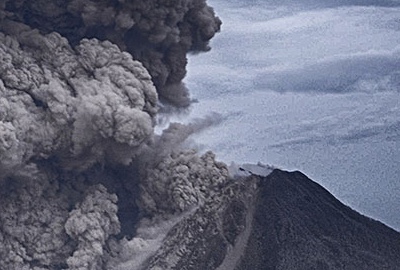 2022-05-08
2022-05-08

The Great Tri-State Tornado
- ArticlesandContent.com (CIRCA 2005)
- /
- Oct 8, 2021 (written 2005)
March 18, 1925 was an ordinary early spring day for many weather-wise farmers just outside Ellington, Missouri, and a weather disaster was the last thing on anyone’s mind.
At just after 1 pm a rolling fog-like cloud appeared, initially causing no alarm until it was appreciated for it was, one of Mother Nature’s most deadly phenomena, an F5 tornado, and one that would leave 695 people dead in its wake. The Great Tri-State Tornado had arrived and would dwarf the previously largest recorded US tornado, the Great Natchez of 1840, in ferocity, human casualties, and storm weather damage.
Leaving a 219-mile continuous track through Missouri, southern Illinois, and into southwestern Indiana, the longest recorded tornado track ever recorded accounts for the size of the storm damage caused by this disaster. The Great Tri-State Tornado’s appearance confused many in its path, since at first sight it looked nothing like a tornado but just another weather storm front. The speeding tornado overwhelmed all in its path, and the power it generated, combined with the continuous contact with the ground, created peripheral storm damage out of all proportion to other tornados. Entire towns and communities were all but wiped out. Annapolis, Missouri was a typical example of the effect of the storm damage as it was almost totally destroyed.
At the time, the science of tornados was very much in its infancy, and efforts were renewed to understand the cause of such destructive events and improve early warning advisories to alleviate the storm damage and casualties. The Tri-State Tornado has been thoroughly researched, and the scale of this weather disaster led to questions being raised as to whether this was a single tornado or a series of several contributing to the storm damage. Certainly, on that fateful day there were more than one tornado occurrences causing storm damage across the region. Analysis of the evidence, not only using eyewitness accounts, but also from claims for insurance payouts, has finally demonstrated that not only was this a continuous, single tornado, but that it also touched down some 15 miles further west than was at first previously thought.
It is fortunate indeed, that this weather disaster occurred in a primarily rural area; however, the financial cost was high, with storm damage estimated at approximately $1.65 billion (adjusted). This amount was only exceeded by the two tornadoes that hit St Louis.




